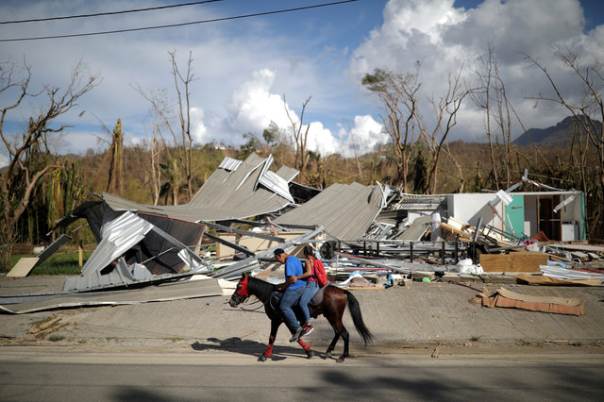Commercial Property Owners Who Retrofit for Zero Net Energy Win Big Now and Later
/Conventional wisdom tells us zero net energy (ZNE) buildings are difficult, risky and expensive. This perception comes mainly from people who have not built any yet. They will soon. By 2030, all new commercial buildings in California will be required to generate as much energy as they use. Fortunately, there are intrepid innovators who are figuring out how to drive down the costs of ZNE retrofits. Not only are they showing us what mix of building technologies can achieve this goal but that doing so has immediate benefits and is less expensive in the long run.
Kevin Bates with Sharp Development Company was one of the speakers on a Zero Net Energy panel I moderated earlier this month for the policy and planning non-profit SPUR in San Francisco. Running through the costs and benefits for a recent ZNE building he developed, Kevin showed how much value he created for his real estate investor who received a 6.5% market capitalization rate (rate of return).
With an up-front investment of $49.84/square foot, SharpDevco created additional value of $100.29/sf. The costs and benefits include:
· Reduced operating costs over 15 years of $83.08/sf
· Value of above-market rent over 15 years of $36.92/sf
· Additional rent received due to early lease-up (3 months to rent out instead of the average market time of 18 months) of $22.81/sf
· Additional leasable square footage due to 6” of exterior insulation (building grew 326 sf) of $7.32/sf
Over and above the $100.29/sf of additional value, the building owner enjoys lower reserve requirements (for HVAC replacement, tenant improvement reserves, etc.) of $29.85/sf.
Building Technologies Used to Achieve ZNE
The development team used the following mix of air handling, lighting and solar photovoltaic technologies to retrofit the building for ZNE.
HVAC
- Insulated the outside walls to R-20 with insulation and electrochromic glass
- Insulated the roof to R-40 with 1.5” of foam and reflective coating outside and 10” of BAT inside
- Used exposed interior concrete thermal mass to help maintain indoor air temperature overnight
- Installed ceiling fans, operable skylights and windows for natural air exchange and night-purge ventilation of warm air (night flushing)
As a result of these measures, the size of the HVAC system needed dropped from 100 tons to 22 tons resulting in impressive first-cost savings.
Light Loads
- South-facing skylights maximize daylight harvesting 365 days a year while minimizing thermal gain
- Electrochromic glass eliminated the need for blinds
- From an hour after sunrise to an hour before sunset all year long the building has 19 footcandles of light which reduces the need for artificial light.
Energy Usage Intensity and Solar Photovoltaics
Employing this mix of technologies resulted in an Energy Usage Intensity (EUI) reduction from 91 to 22.5 which shrank the size of the solar PV system by 75% and allowed the building to achieve a ZNE bill at a lower initial investment cost.
Unexpected Benefit
This property was completed on spec, meaning Kevin Bates did not have an owner or tenant in mind when renovating the space. The fact that the commercial space rented in just three months is a testament to how appealing the ZNE space was to potential tenants. Abundant natural light, healthy indoor air quality, soothing native plant landscapes and solar panels all contributed to the desirability of the property. Hopefully this project will inspire others.











